Five Magnificent Jewels That Changed the Course of History
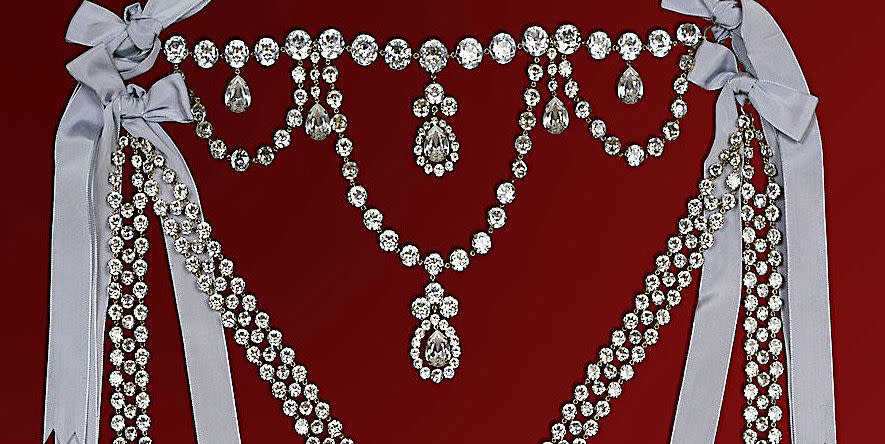
The power of an astounding jewel is not to be underestimated: from causing feuds and battles to changing the course of entire monarchies, they have been known to leave their marks on the tableau of history in a way that no other material item can. The value of certain stones can be ascertained not just through their size, color, or status, but also through their own storied histories—who possessed them previously and the events surrounding their ownership.
The Affair of the Queen's Necklace
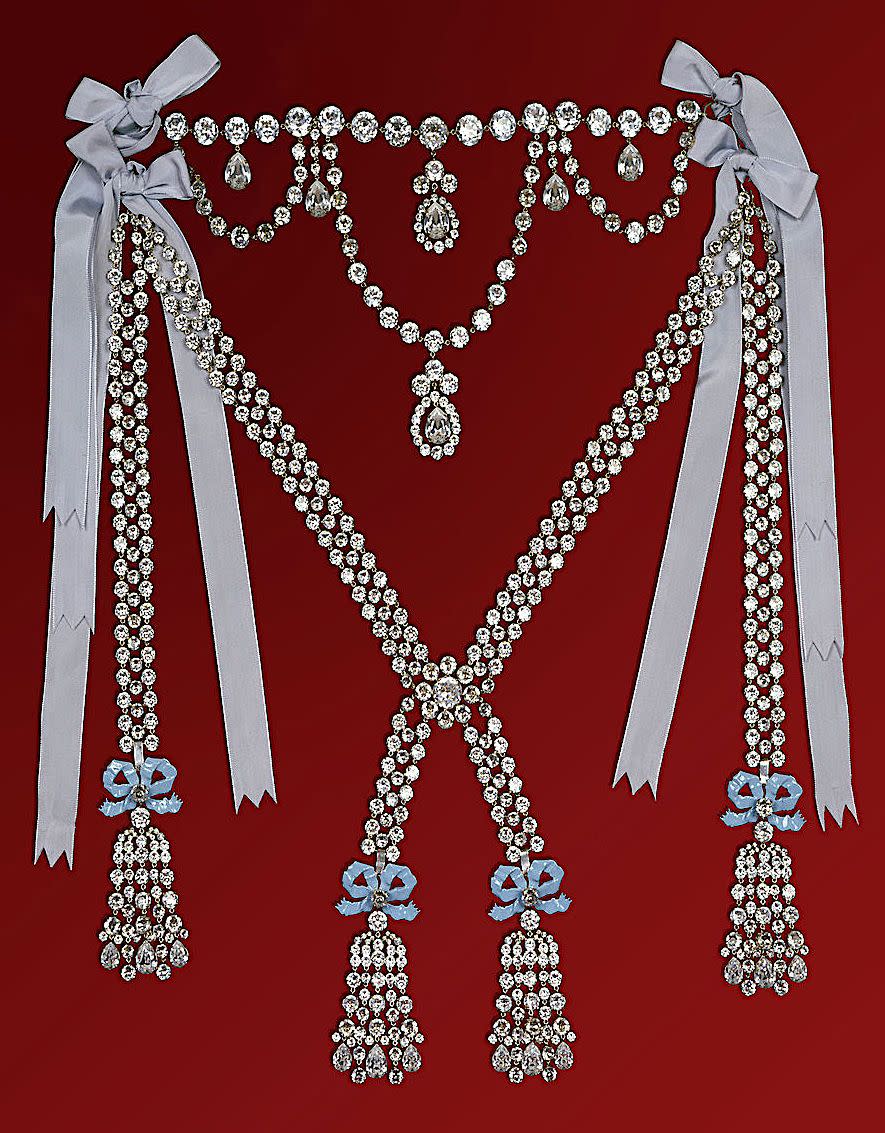
This diamond stunner may have been the ultimate tipping point in the demise of Queen Marie Antoinette. In 1772, King Louis XV commissioned jewelers Charles-Auguste Boehmer and Paul Bassange to design a diamond necklace for his mistress Madame du Barry. It was so ornate that it took the jewelers several years to complete; by the time it was finished, King Louis XV had died of smallpox and Madame du Barry hed been removed from the court.
Boehmer and Bassange hoped that the new Queen of France, Marie Antoinette who was known for her lavish taste in jewelry, would want the piece. Her husband, King Louis XVI, was willing to purchase the necklace, but she refused it, saying there were other things France needed more. Jeanne de la Motte, a countess who wanted the necklace for herself, but couldn't afford it, forged a letter from Marie Antoinette to the Cardinal de Rohan, bishop of Strasbourg, asking him to purchase the necklace on her behalf. When he failed to come up with the first payment, the jewelers asked the Queen to pay. By this time, the necklace had been broken up and sold off in pieces by de la Motte; while the Paris parliament ultimately found de la Motte in the wrong, Marie Antoinette's reputation among the French suffered greatly as a result of the whole matter.
The Symbolism of Wallis Simpson's Jewelry Collection

It was dubbed the love affair of the 20th century: Wallis Simpson and the almost-King Edward VIII had a story that was one for the ages. The Duke of Windsor abdicated the throne to marry the divorcée, and the jewelry collection he bestowed upon the Duchess over the years has become iconic in its own right. Maisons like Cartier and Van Cleef & Arpels were frequently commissioned by the Duke to design pieces for his bride; they are rumored, however, to have not always been paid for their designs.
The now world-famous pieces, like Cartier's Panther bracelet and the Golconda diamond set in a ring, have become symbols of a love that at once rocked the world order and captivated people around the world.
The Curse of the Sancy Diamond
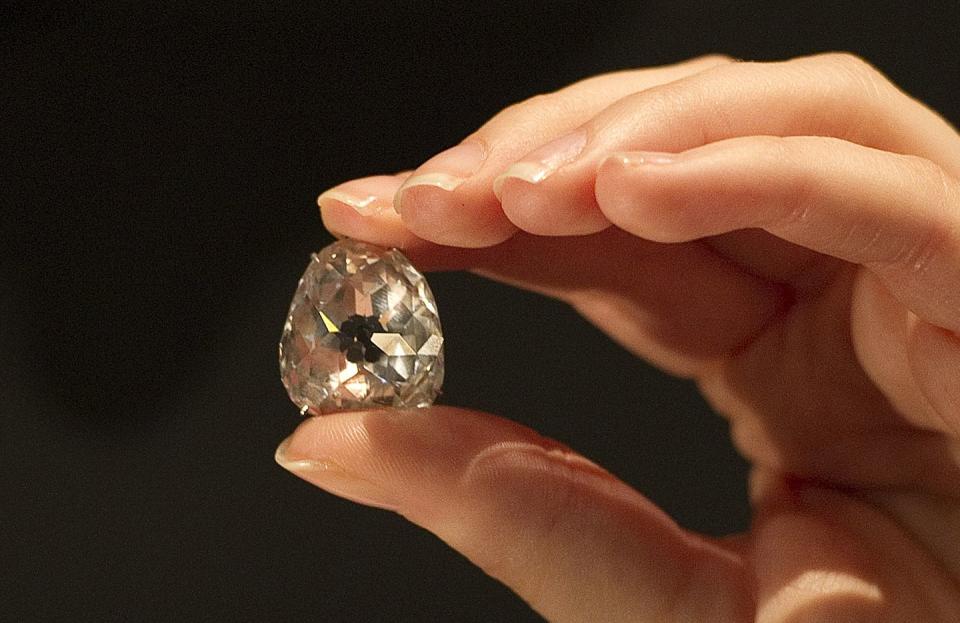
One of the most famous diamonds in the world, the yellow Sancy Diamond, weighs in at 55.23 carats and is one of the largest stones in the world to be cut symmetrically. It's also rumored to be one of the deadliest.
The diamond once belonged to Charles the Bold, the Duke of Burgundy in the 15th century, and was in his possession at his time of death. After being passed down through his royal line, several descendents were met with untimely deaths as well.
Despite its deadly reputation, the stone (estimated to be worth $7 million) was originally worn as a good luck charm prior to Charles the Bold's possession of it, but when he died in 1477 during the conquer of Neuss, its powers were thought of differently. King Charles I owned the stone at the time of his execution in 1649; King Louis XVI and Marie-Antoinette owned the Sancy Diamond during the French Revolution and their subsequent executions.
The Market-Shifting Value of the Hutton-Midvani Necklace
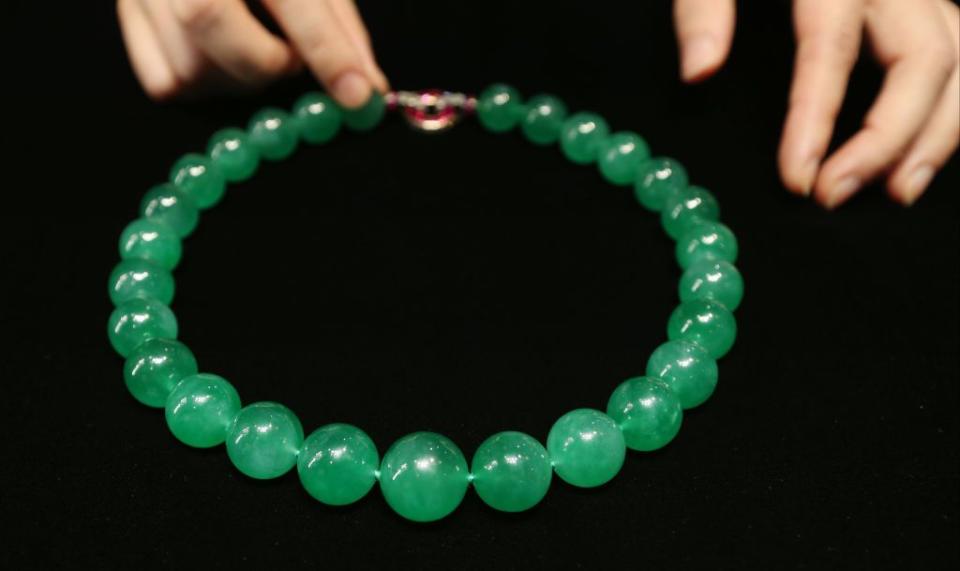
Upon her marriage to her first husband Prince Alexis Mdivani in 1933, Barbara Hutton was gifted a necklace from her father that boasted 27 green jadeite beads believed to have belonged to the Qing Imperial court of China prior to being purchased by Cartier.
Cartier used the jadeite beads to create the necklace, complete with the ruby and diamond clasp, which is now known as the Mdivani-Hutton necklace. It was sold by Sotheby's in 2014 for $27.4 million—a record for a piece of jadeite jewelry that confirmed the mineral's place among exquisite jewelry design.
Jadeite's value is evaluated by its color, texture, and opaqueness, with color being the most valuable of the three characteristics. Although it exists in shades of lavender, yellow, brown, and black, green is the most sought after varation of the mineral.
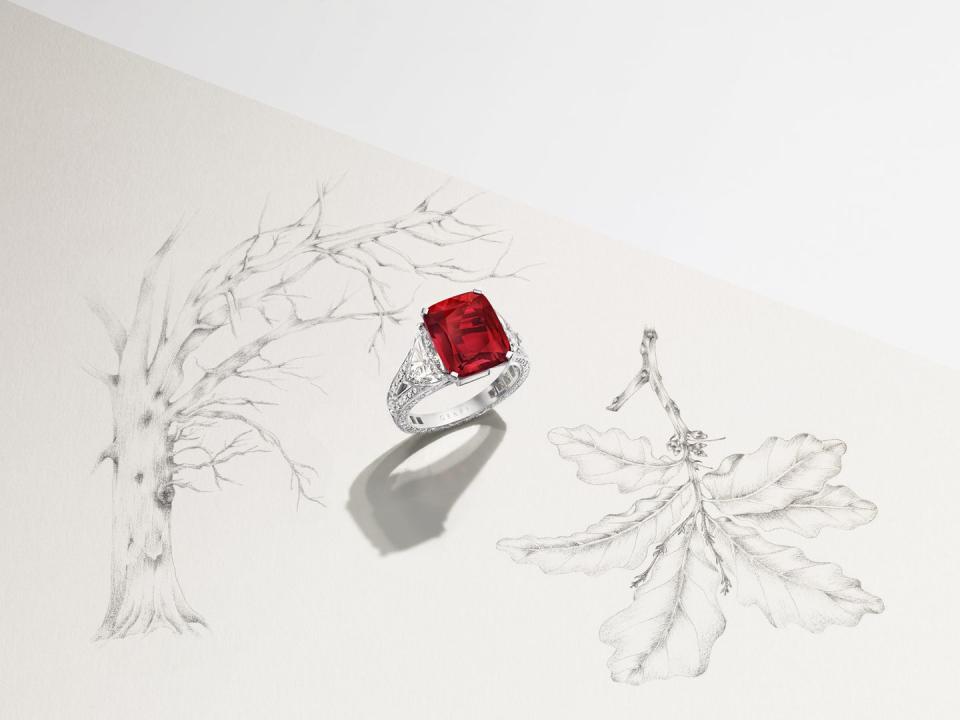
The Graff Ruby's Shocking Bidding War
The Graff Ruby represents an important moment for colored gemstones. A collection comprising nine pieces of jewelry, including pieces by Van Cleef & Arpels and Bulgari, was presented to the Christie's for evaluation. The pieces featured several magnificent Burmese rubies, including one that was 8.62 carats in weight with no signs of treatment.
Burmese rubies untreated and of these proportions are extremely rare, and this particular ruby was estimated to garner between $400,000 and $600,000 at the 2006 Christie's sale. A bidding war ensued before it was purchased for $3.6 million—the highest amount per carat ever paid for a ruby.
You Might Also Like

 Yahoo News
Yahoo News 